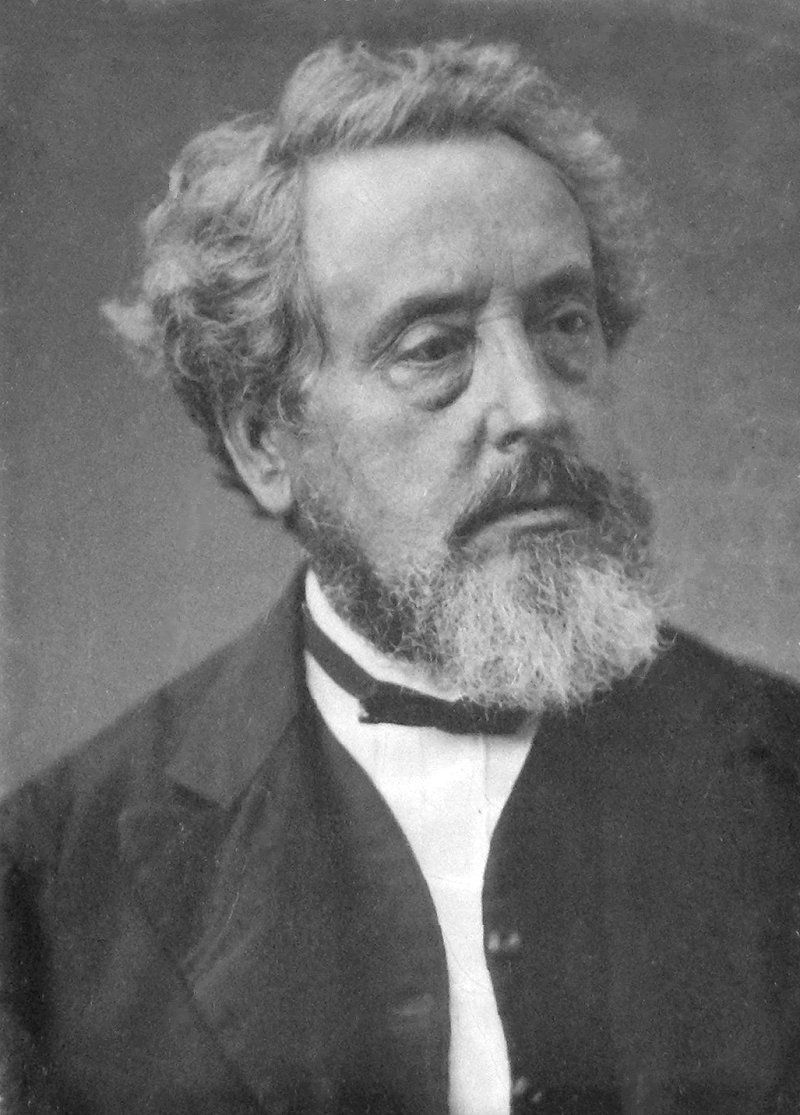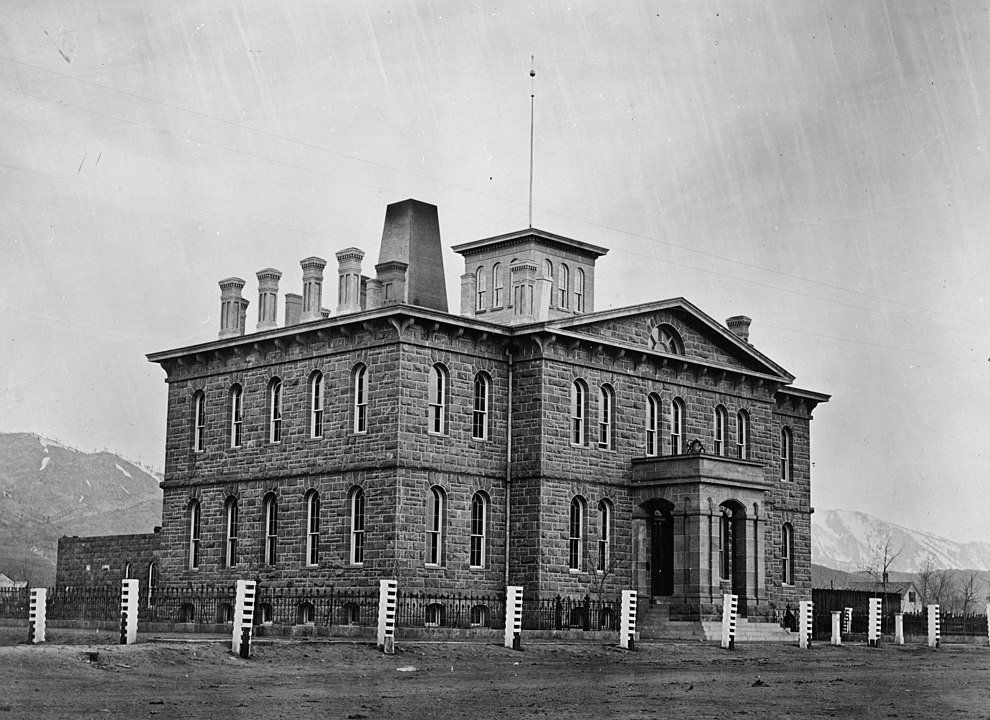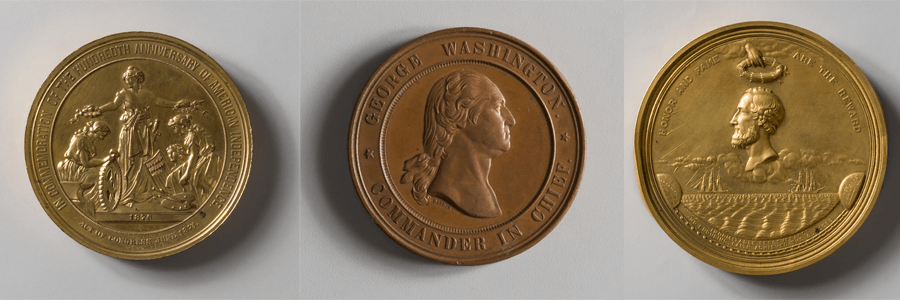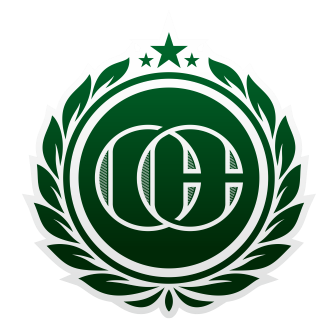Chief Engraver of the U.S. Mint: William Barber
The 5th Chief Engraver of the United States Mint
Next up in our Chief Engraver series is William Barber! Barber succeeded
James B. Longacre
William Barber was in office for 10 years, from 1869 until his death in 1879.
You can check out our other articles in the series here!

William Barber was born in London, England on May 2, 1807. He learned engraving from his father, John Barber, and when he later emigrated to the United States, in Boston he was employed at various places doing engraving work.
William Barber married Anna Maria, and the two had four children together. Their son Charles Barber followed in his father’s and his grandfather’s footsteps in engraving, and eventually succeeded his father as Chief Engraver of the U.S. Mint.
The current Chief Engraver, James B. Longacre, began to hear about William Barber and his work, and by 1865 he had hired him on as an assistant at the U.S. Mint. William worked as an assistant in the Mint for a number of years, until January 1, 1869, when James B. Longacre died. William Barber was appointed Chief Engraver of the United States Mint on January 20, by President Andrew Johnson.
William Barber was in office for only 10 years before he died, but he did quite a lot of work while he was Chief Engraver. He’s most known for his Trade Dollars with the “Britannia” inspired design. This coin was minted from 1873-1885, intended for circulation in the Far East to improve trade.
After 1878, they were struck only as proof collectibles; these coins are worth quite a bit now. In fact, in 1884 only 10 coins were minted, and in 1885 only 5! These are worth millions of dollars today! During his time in office William Barber also oversaw the commissioning of the Carson City Mint.
William also created many pattern coins, most of which did not make it past the pattern stage.
When the new 20-cent piece was introduced, Barber created many pattern coins for the new denomination to ensure that it wasn’t confused with the 25-cent piece. In the end though, Mint Director Linderman overrode Barber’s decision and decided on the Seated Liberty design anyway.
With the difficulty in differentiating the two coins and I’m sure other factors, the denomination did not do well and was soon pulled back out of circulation.
He also designed a few memorable medals, such as the 1869 “Broken Column” medal remembering Lincoln’s assassination, the 1879 Centennial medal, the second Ulysses S. Grant Inaugural medal, and the popular 1869 Pacific Railroad medal.
In 1876, Mint Director Linderman hired a new engraver into the Mint, his name is probably familiar to you, George T. Morgan. Linderman did this behind Barber’s back however, and tensions rose in the Mint, partly between Morgan and Barber, but largely between Barber and Linderman.
To make matters worse, Linderman had Morgan report to him instead of the Chief engraver! Thankfully tensions went away when Linderman retired two years later in 1878.
On August 31, 1879, William Barber passed away. Two days later, a meeting was held at the Mint by the Mint employees to honor William Barber’s life. The meeting was recorded and presented to his family. Here’s an excerpt from the meeting:
“Whereas, by the sovereign will of God, Mr. William Barber, Engraver of the Mint, has been removed by death, and we, the Officers, Clerks, and Workmen, have met to express our sentiments and sympathy on this sad and solemn occasion.
Resolved, that in parting with him, we lose the co- operation of an affable, active, pain-staking, and meritorious officer, skillful in one of the most difficult of all arts; and evincing progress and improvement continually;
Resolved, that we sympathize with his family in their bereavement, and present them with a copy of these proceedings, signed by the Officers of the meeting.”
After Williams death, there was some contention on the position of Chief Engraver, as both George T. Morgan and Charles Barber wanted the position.
After months of deliberation, President Rutherford B. Hayes finally appointed Charles Barber as Chief Engraver of the U.S. Mint. Morgan would have his day however! George T. Morgan would go on to become the 7th Chief Engraver of the United States Mint.
Check out some of our other articles in our Chief Engravers of the US Mint Series!
- Robert Scot
- William Kneass
- Christian Gobrecht
- James B. Longacre
- William Barber
- Charles E. Barber
- George T. Morgan
- John R. Sinnock




